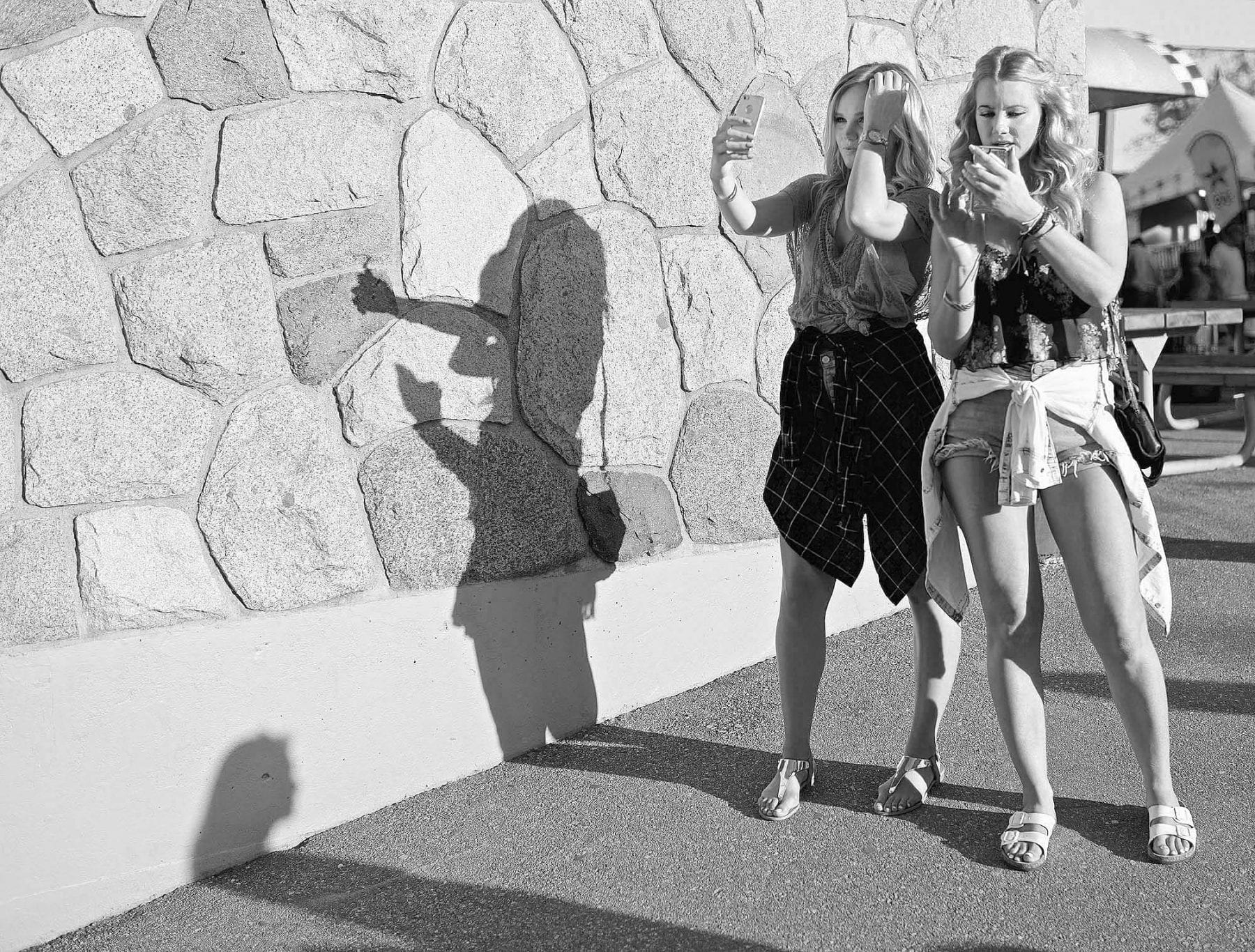
Since Argentina’s most recent economic collapse in December 2001, over 150 abandoned and bankrupt factories have followed suit, taking an active stance to secure their own livelihood and change the face of politics. What’s more, they have been widely supported by the public. Throughout my stay in Buenos Aires, I came across signs of the factory revival movement in all quarter
On the street, I define an “Urban Landscape” as a photograph that captures the human experience, but there are no people in them. Sometimes when I’m feeling particularly quiet, I go out and just focus on the urban landscape. When you are looking for something it’s a lot easier to find it.










